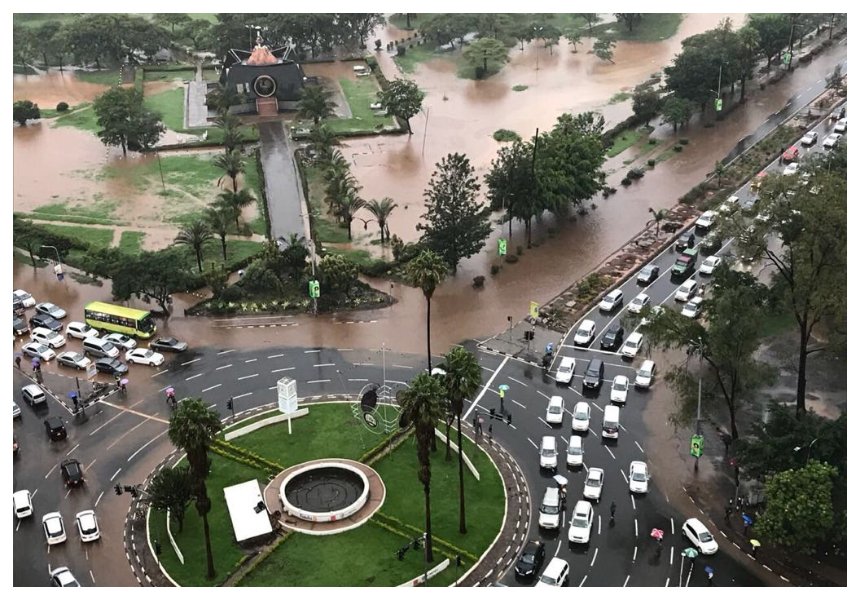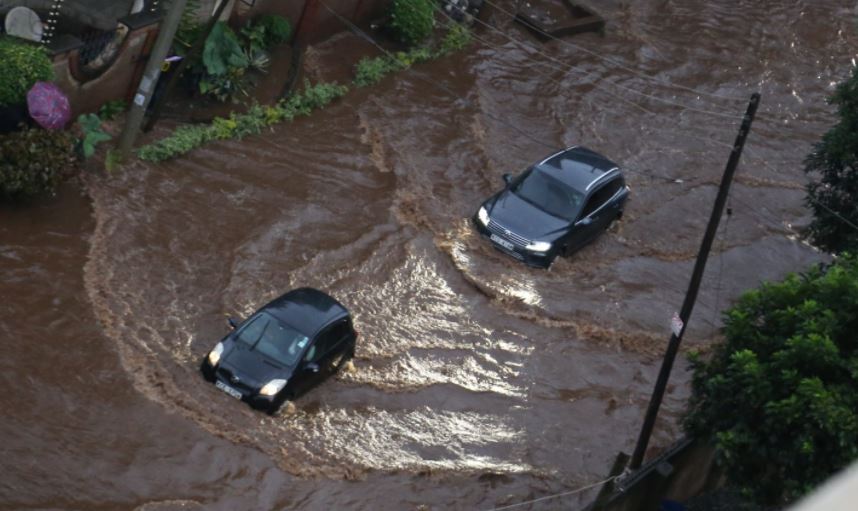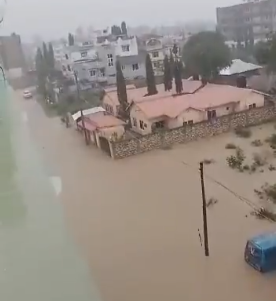Kenya’s El Niño-driven floods continue to wreak havoc, with the death toll now reaching 165. Taita Taveta, Migori, and Meru remain the hardest-hit regions, with Lamu and Tana River expected to join the list due to rising water levels.
Government spokesperson Isaac Mwaura confirmed five new deaths in the past 24 hours, bringing the total to 165. The floods have displaced a staggering 107,843 households, impacting approximately 539,215 individuals.
To alleviate the suffering, the government has established 11 additional displacement camps: five in Tana River, four in Kilifi, and two in Lamu. These camps provide temporary shelter and essential supplies to displaced families.
Infrastructure damage remains significant, with four roads, 832 acres of farms, 23 homesteads, three bridges, three schools, and a chief’s office destroyed in Lamu County alone. Ongoing rescue operations have saved lives, including the recent rescue of five police officers and the relocation of 80 individuals from affected villages.
Mwaura noted the extensive destruction to farmlands, with estimates exceeding 26,731 acres across various Lamu County wards. The government is utilizing these data to plan for long-term rehabilitation and support for affected communities.
In response to the humanitarian crisis, the government has collaborated with humanitarian organizations to provide immediate relief. Food deliveries, relocation efforts, distribution of essential supplies, medical support, and veterinary services are some of the crucial interventions underway. Additionally, cholera kits have been delivered to Lamu, Kilifi, and Mombasa Counties to mitigate the risk of disease outbreaks.
As the crisis unfolds, the government’s primary focus remains on providing immediate relief and long-term support to affected communities. Citizens are encouraged to extend their solidarity and support to fellow Kenyans during this challenging period.
For further assistance or emergency incidents, contact information is available through official channels




